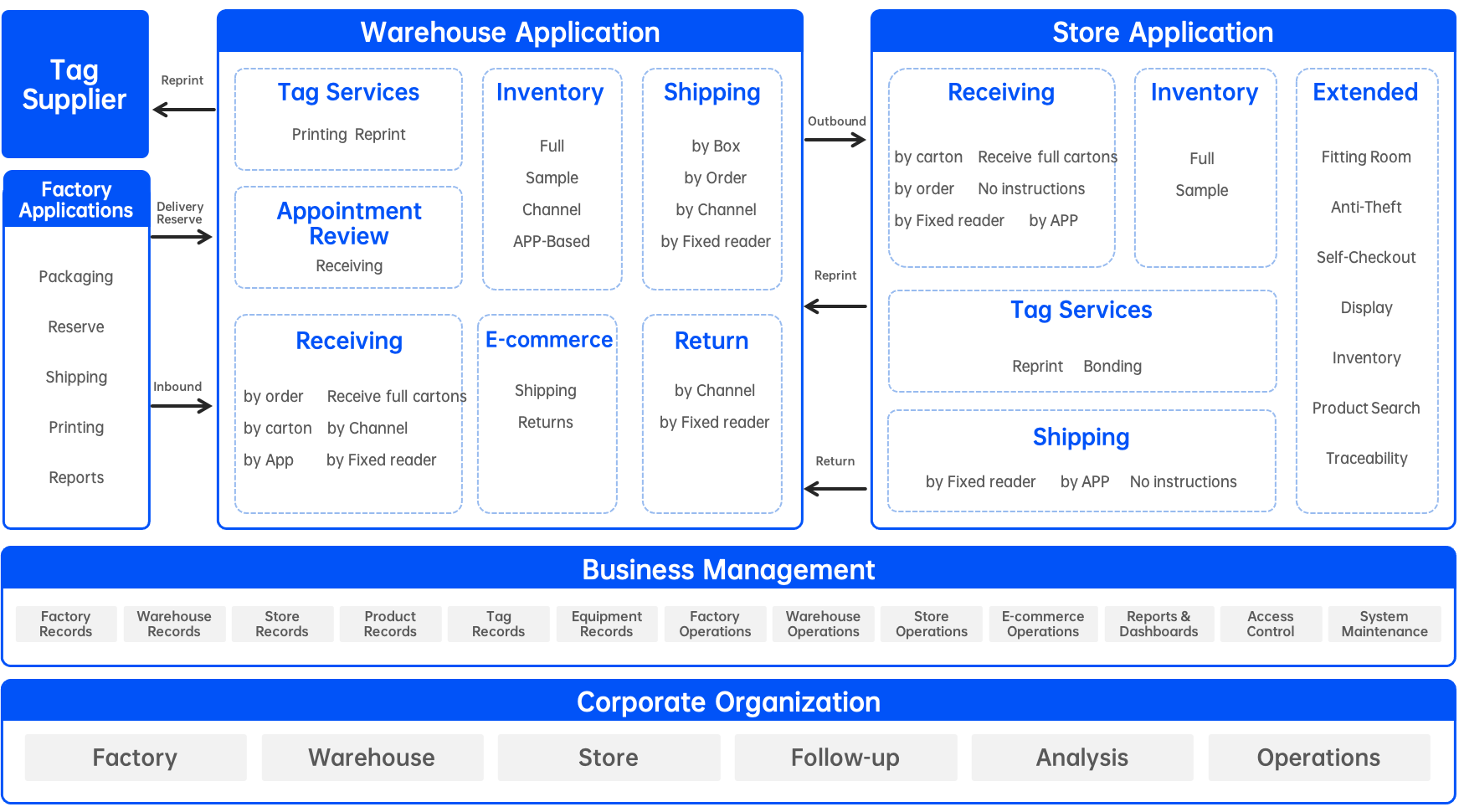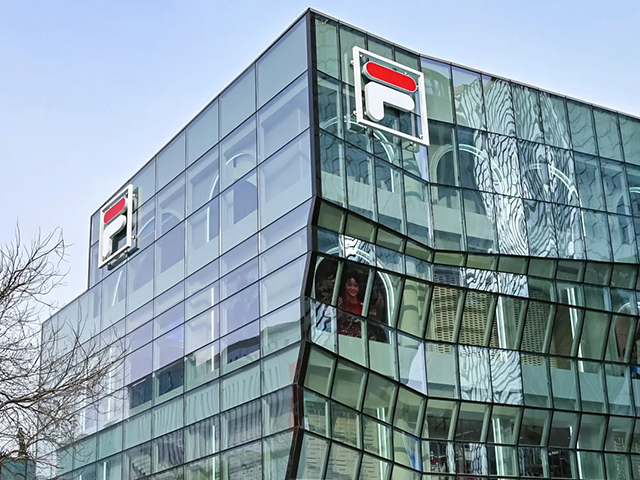Business Challenges
Inefficient inventory management relies on manual counts.
Low supply chain transparency slows response and decision-making.
Counterfeits and cross-channel leakage run rampant.
Inefficient store operations hurt sales performance.
Inefficient inventory management relies on manual counts.
Shoes typically come in multiple sizes (e.g., 35-45), colors (e.g., black, white, red), and styles (e.g., sneakers, casual shoes), resulting in a massive number of SKUs. For example, a mid-sized shoe store may have thousands of SKUs, requiring hours or longer for manual inventory checks. Inaccurate stock data can lead to shortages or overstock, hurting sales and cash flow. Traditional methods rely on scanning barcodes or manual logging—slow and error-prone (e.g., missed or duplicate scans). During seasonal promotions or new launches, frequent stock changes make real-time updates nearly impossible with manual processes.
Low supply chain transparency slows response and decision-making.
Traditional supply chains rely on manual records and updates, leaving data fragmented and opaque. Siloed information between key nodes and the lack of a unified platform worsen the issue. From production to stores, goods pass through multiple stages (e.g., factories, warehouses, logistics hubs, retail), with data often tracked via paper or manual entry—prone to loss or delays.
Counterfeits and cross-channel leakage run rampant.
Traditional anti-counterfeit measures (e.g., labels, QR codes) are easily copied or altered, while leakage is hard to trace due to ineffective monitoring tools. Manual checks are costly and inefficient. Premium shoe brands often battle fakes and unauthorized sales—counterfeits flood markets through unofficial channels, damaging brand reputation. Dealers may divert low-priced stock from Region A to Region B for higher profits, disrupting price structures.
Inefficient store operations hurt sales performance.
Traditional stores rely on manual processes for receiving, shipping, and inventory checks—often requiring overnight closures for stocktakes. These labor-intensive methods are slow and error-prone. Due to the time and effort involved, inventory updates may only happen monthly, quarterly, or even annually, leaving stock levels unclear and outdated.
Solutions
Unique Product Identity & Traceability
Link RFID tags to product data for accuracy and traceability.

End-to-End Data Infrastructure
Deploy RFID devices across production, warehousing, and retail for seamless coverage.

Smart Data Integration
Develop RFID systems for tag, warehouse, and store management, integrated with existing platforms.


Value Delivered
Factory:Data-driven workflows reduce stockouts and overstock.
Warehouse:Streamline inventory checks and reduce manual work.
Store: Faster operations save time and labor.

Omnichannel:Unify online and offline sales.
Supply Chain:Agile response to market changes.
D2C:Build trust through product traceability.

Consumer Behavior: Analyze RFID data for preferences.
AI Decisions:Enhance precision in planning.
Trend Leadership:Innovate for unique customer experiences.














